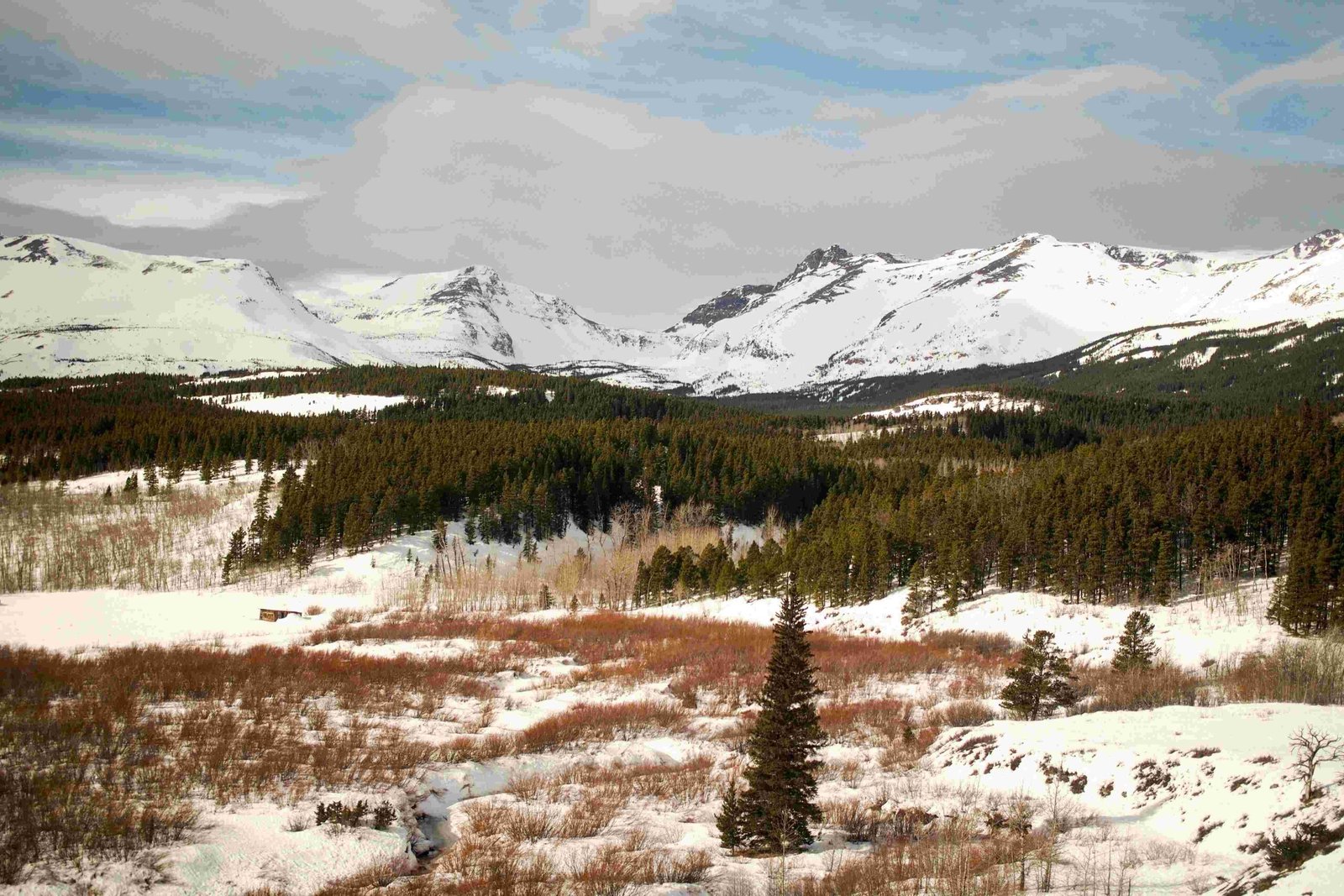Kelly’s Camp, a historic district in Glacier National Park, faced devastating destruction in the 2018 Howe Ridge Fire. This significant event resulted in the loss of seven private residences, additional outbuildings, and the Park Service-owned Big House. The fire marked a turning point for this beloved location, which had been a part of the park’s history since Frank Kelly staked his claim in 1894. Despite the destruction, efforts to rebuild and preserve the camp’s legacy are underway, highlighting the resilience of this iconic site.
What Was Kelly’s Camp Before the 2018 Fire?

Kelly’s Camp was a cherished vacation cabin enclave on the west shore of Lake McDonald in Glacier National Park. Before the fire, it offered visitors a unique blend of historical significance and natural beauty. The camp’s features included:
- Small log cabins with gables facing the lake
- The Big House, built in 1910, serving as the central structure
- An open chapel constructed around 1945
- Access to boating and water activities on Lake McDonald
- Scenic views and hiking opportunities within the park
The camp’s history dates back to 1894 when Frank Kelly first staked his claim. Over the years, it evolved from a homestead into a popular family resort, playing a significant role in the park’s development and visitor experience.
How Did the 2018 Fire Impact Kelly’s Camp?

The Howe Ridge Fire in August 2018 had a devastating impact on Kelly’s Camp:
- Destruction of seven private residences
- Loss of additional outbuildings
- Burning of the Park Service-owned Big House
- Damage to the surrounding landscape and ecosystem
This fire not only destroyed physical structures but also impacted the historical and cultural significance of the site. The loss of these buildings represented a significant blow to the preservation of Glacier National Park’s early tourism history.
What Efforts Are Being Made to Rebuild Kelly’s Camp?
Since the 2018 fire, there have been ongoing efforts to rebuild and restore Kelly’s Camp:
- Assessment of damage and historical significance
- Planning for reconstruction of lost structures
- Collaboration between park authorities and private owners
- Consideration of fire safety measures in rebuilding plans
The rebuilding process aims to balance the preservation of historical integrity with modern safety standards and environmental considerations.
What Fire Safety Measures Are Important for Visitors to Glacier National Park?
While specific tips for Kelly’s Camp are not detailed, general fire safety in Glacier National Park is crucial:
- Follow all park regulations and fire restrictions
- Use fire equipment (rings, grills) according to park rules
- Fully extinguish fires when not in use
- Stay informed about current fire conditions and danger ratings
- Keep a safe distance from active fires
- Report any new fires immediately to park authorities
Visitors should always prioritize safety and be aware of the potential fire risks in the park, especially during dry seasons.
What Is the Historical Significance of Kelly’s Camp?
Kelly’s Camp holds a special place in the history of Glacier National Park:
- Early Development: Frank Kelly’s 1894 claim marked the beginning of the camp’s history.
- Boating Business: Kelly operated motorized launches on Lake McDonald, including the Emmeline, Cassie D., Ethel, and Lewtana.
- Family Resort: By 1930, Kelly had built several rental cabins, transforming the area into a popular vacation spot.
- Architectural Heritage: The camp’s structures, particularly the Big House and log cabins, represented early 20th-century park architecture.
- National Recognition: Kelly’s Camp was listed on the National Register of Historic Places on December 23, 2009.
How Has Kelly’s Camp Evolved Over the Years?
The evolution of Kelly’s Camp reflects the changing dynamics of tourism and preservation in Glacier National Park:
| Period | Key Developments |
|---|---|
| 1894-1906 | Frank Kelly stakes claim and starts boating business |
| 1906-1930 | Expansion of boating operations and construction of rental cabins |
| 1930-1958 | Camp operates as a family resort under Kelly family management |
| Post-1958 | Changes in ownership and partial sale to Park Service in 1988 |
| 2018 | Devastating fire and subsequent rebuilding efforts |
This timeline showcases the camp’s transformation from a private homestead to a significant historical site within the national park system.
What Activities Were Available at Kelly’s Camp Before the Fire?
Before the 2018 fire, Kelly’s Camp offered a range of activities for visitors:
- Boating and water activities on Lake McDonald
- Accommodation in unique rental cabins
- Hiking and nature exploration in Glacier National Park
- Scenic views of the lake and surrounding mountains
- Community gatherings at the open chapel
These activities provided visitors with a blend of historical experience and natural recreation, making Kelly’s Camp a unique destination within the park.
How Does the Kelly’s Camp Fire Reflect Broader Issues in National Park Management?
The Kelly’s Camp fire highlights several important aspects of national park management:
- Balancing Preservation and Access: The challenge of maintaining historical structures while ensuring visitor safety.
- Fire Management: The ongoing need for effective fire prevention and response strategies in national parks.
- Climate Change Impact: Increased fire risks due to changing climate conditions in park ecosystems.
- Historical Preservation: The importance of documenting and preserving historical sites within national parks.
- Rebuilding Strategies: Developing approaches that respect historical integrity while incorporating modern safety standards.
These issues reflect the complex responsibilities of national park management in preserving natural and cultural heritage while adapting to environmental changes and visitor needs.